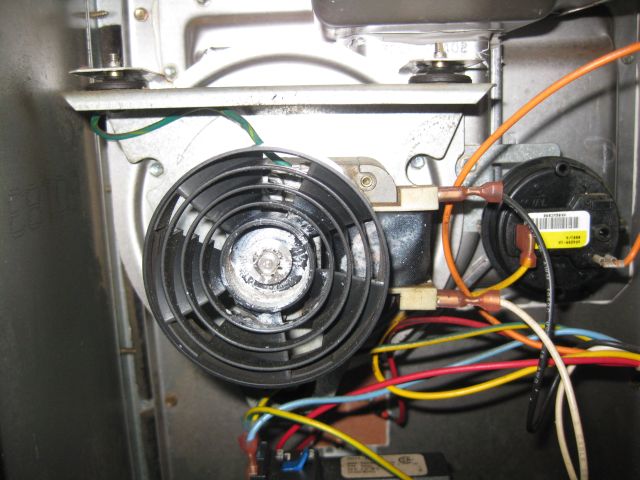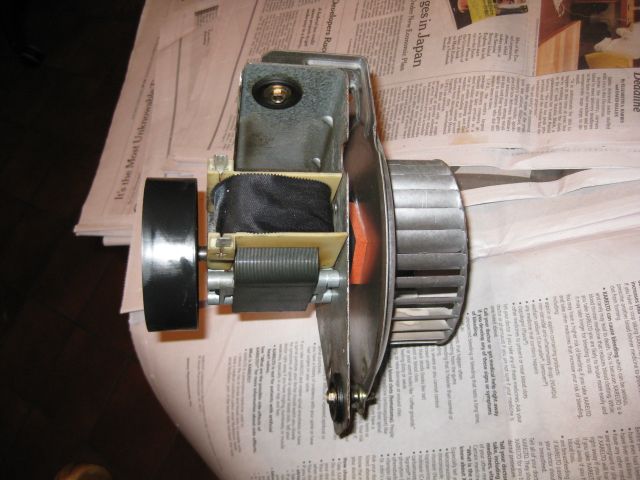Our Carrier gas furnaces are relatively new – installed January 2001, so that’s 13 years. I read that the furnace should last beyond 20 years but repair costs become crippling and many throw in the towel and simply buy a new furnace after 15 years.
Some 5 years after installation one of the furnaces would not fire up, I called the installer, the serviceman came by and said it needed a new igniter which he installed for a cost of about $190 made up of $120 for the igniter and $70 for the visit. The googled cost of a new igniter was about $35, so the installer made a very hefty markup. I called the boss man, the conversation got a bit tense and I resolved henceforth to do my own repairs. The repairs involve working with electricity and gas and can be dangerous and should not be undertaken by unqualified or inexperienced individuals.
Another cautionary tale – just before the polar vortex my neighbors moved into a foreclosure they had purchased, the furnace malfunctioned, they called in an HVAC “friend of the family” who diagnosed a defective circuit board which he replaced for $500 and did not respond to frantic calls during the vortex when the furnace went into hibernation. Upshot was a new HVAC specialist “friend of the family” was contacted who advised that the furnace and a/c compressor had been bastardized by diy’ers and all had to be replaced for $4k. Their heating now functions and their savings are torpedoed. Now these are isolated bad experiences and not reflective on the integrity of most HVAC specialists – the main reason I go down the self repair road is I enjoy my independence and a sense of self sufficiency.
Over the years I replaced igniters without much ado. So when our main furnace recently failed to start I assumed it needed a new igniter and installed a replacement (I keep them handy) but it still would not start. The igniter glows reds when powered and ignites the gas and then switches off. The igniter in the furnace did not glow red. I tested the new igniter with an ohmeter and it was fine. The wiring to the igniter was fine. I was stumped. Then I recalled that before a furnace fires up it runs through several test procedures and so maybe something else was defective and because of this the furnace was shutting down without powering the igniter.
I performed what is called a component test where the furnace tests each of the components and during this test the igniter glowed red but another component, the inducer motor did not start up. I then remembered that for several weeks prior to the problem the inducer motor had a high pitched whine like a jet engine. So I concluded I needed a new inducer motor. The inducer motor has a separate blower wheel and new gaskets are recommended when the motor is replaced. My first instincts were that I would use the existing blower wheel and skip on new gaskets. How helpful the internet is – several commentators said they had thought similarly but were unable to remove the blower wheel, and I found that I also could not loosen the blower wheel. So I bit the bullet and ordered a new inducer motor, new blower wheel and new set of gaskets from three different suppliers for a total cost including shipping of about $130. Of interest is that the package consisting of all 3 components is available from another supplier for $214 – go figure.

I took photos of the setup before dismantling the housing and replacing the parts and just as well since re-assembly is not intuitive.

Finally the new parts were assembled, I flipped the switch and after what seemed interminable checking by the circuit board the furnace fired up and heat was restored. Yay!

I wanted to thank you very much for your disclaimer at the start, just to save someone from potentially harming their system (or themselves). That being said, I’m a bit envious of your skill with the furnace! Those blower wheels are a pain to remove, and it probably wasn’t fun having to spend the money, but it looks like you got a pretty good deal with the new motor combo, and it’s working! The photos are really neat, too!
Thanks for your comment. Had it not been for the internet comments I would have, with ego at stake, struggled fruitlessly to free the blower wheel. Knowing others had tried and failed allowed me a graceful exit and I simply, with my reciprocating saw, cut off the shaft to which the wheel was attached.